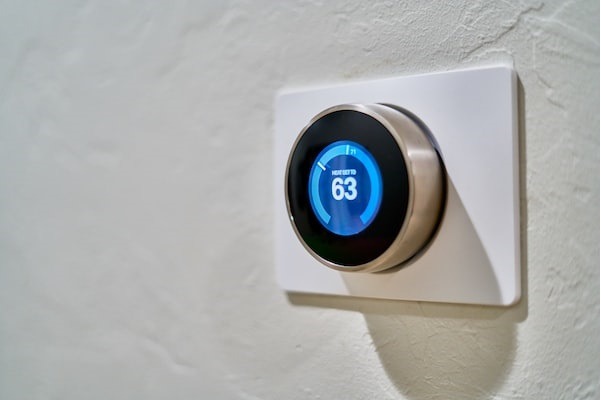Air balancing HVAC systems is the process of ensuring that the air pressure, flow rate, and temperature in a building’s HVAC system are properly balanced to provide a comfortable and healthy space for the occupants. Air balancing is essential for the efficient operation of your HVAC system, as it ensures that each space in your building is receiving the right amount of airflow and temperature. Keep reading to learn more about what air balancing is and how it works.
How does air balancing work?
When air balancing is performed, an HVAC technician will first take a look at the overall airflow in your home or building. They will use special equipment to measure air velocity, air pressure, and air temperature in different areas. With this information, they can determine the best way to balance the airflow. Air balancing works by adjusting the ducts and vents in your home or building. By adjusting the size and shape of the ducts, the technician can control the flow of air to different areas. For example, if some rooms are too hot or too cold, the technician can adjust the ducts in those areas to better regulate the airflow. The technician will also adjust the dampers in the ducts to adjust the air pressure. The dampers are like valves that control the airflow in the ducts. By adjusting the dampers, the technician can ensure that the air pressure is the same in each room or area.
What are the consequences of not air balancing your home?
Without proper air balancing, your home can become uncomfortable and energy bills can skyrocket. When air isn’t balanced properly, rooms on one side of the house may be too hot or too cold while rooms on the other side of the house are comfortable. This uneven distribution of air can lead to uncomfortable living conditions. In addition to uncomfortable living conditions, unbalanced air can also lead to higher energy bills. When your home’s air isn’t properly balanced, it forces your HVAC system to work harder to compensate for the difference in temperatures. This can lead to increased energy usage and higher energy bills.
What system requirements are needed for effective air balancing?
In order to ensure effective air balancing, a variety of system requirements must be met. First, the building must have an adequate supply of fresh air. This is usually achieved by having an open window or door, or by installing an air vent. The amount of fresh air should be sufficient to ensure that there is no buildup of stale air or odors.
Further, the building must have a good air circulation system. The air needs to be able to move freely throughout the building, which is usually achieved by having vents in the walls and ceiling, or by setting up an air duct system. This allows the air to circulate regularly and helps to maintain a comfortable temperature throughout the building. Finally, the building should have a good heating and cooling system. This is essential in order to maintain a comfortable temperature in the building throughout the year. A good heating and cooling system should be able to both heat and cool the building, as well as maintain a consistent temperature.
Overall, air balancing is a critical step in the overall efficiency of a building’s HVAC system. It ensures the correct amount of air is distributed in the correct areas, reducing energy costs, improving indoor air quality, and increasing the comfort of occupants. Altogether, air balancing is essential for the proper functioning of a building’s HVAC system. Be sure to contact an HVAC technician to air balance your home.


